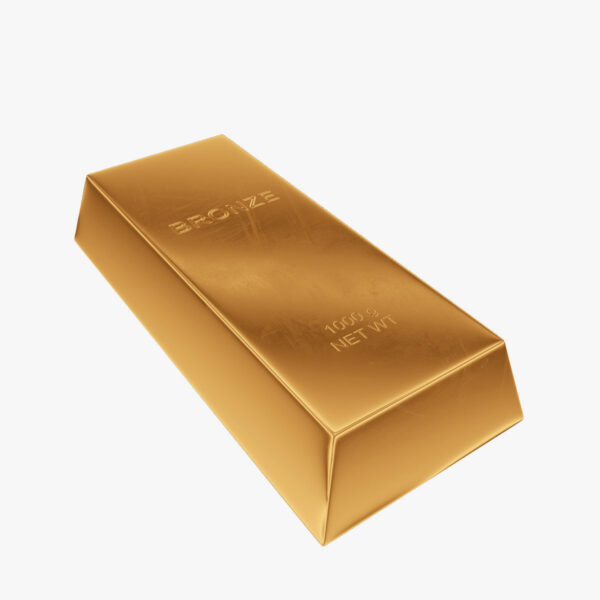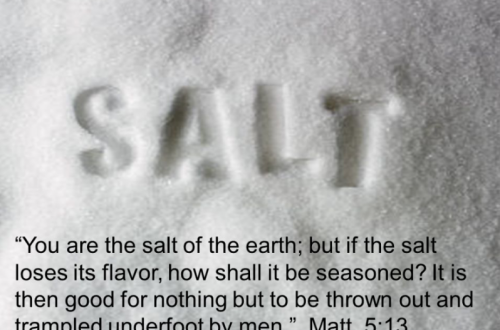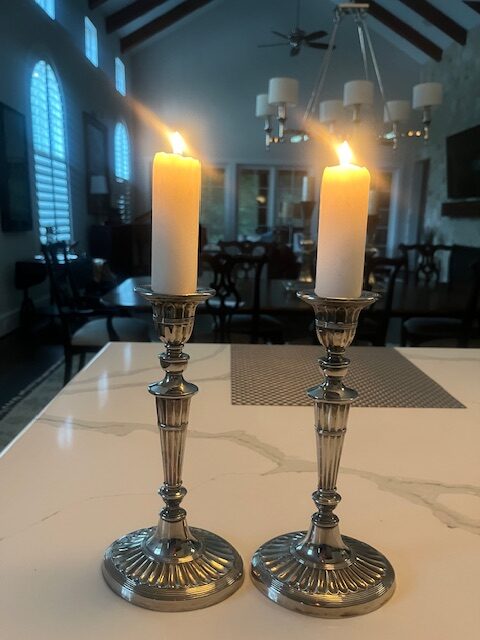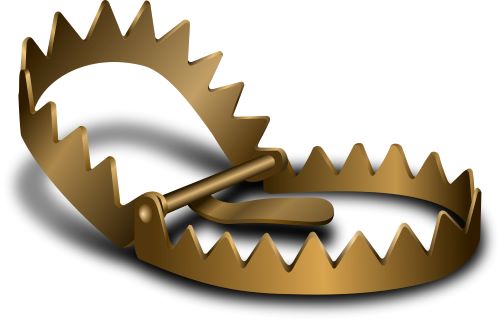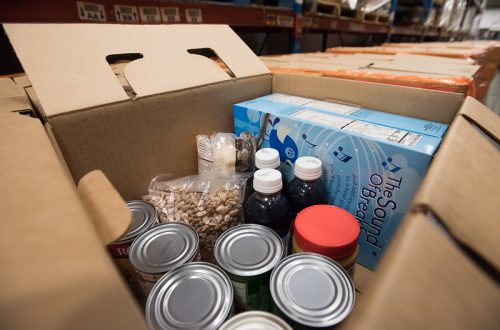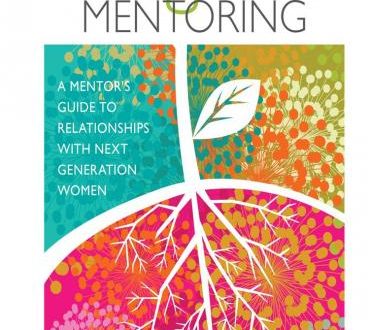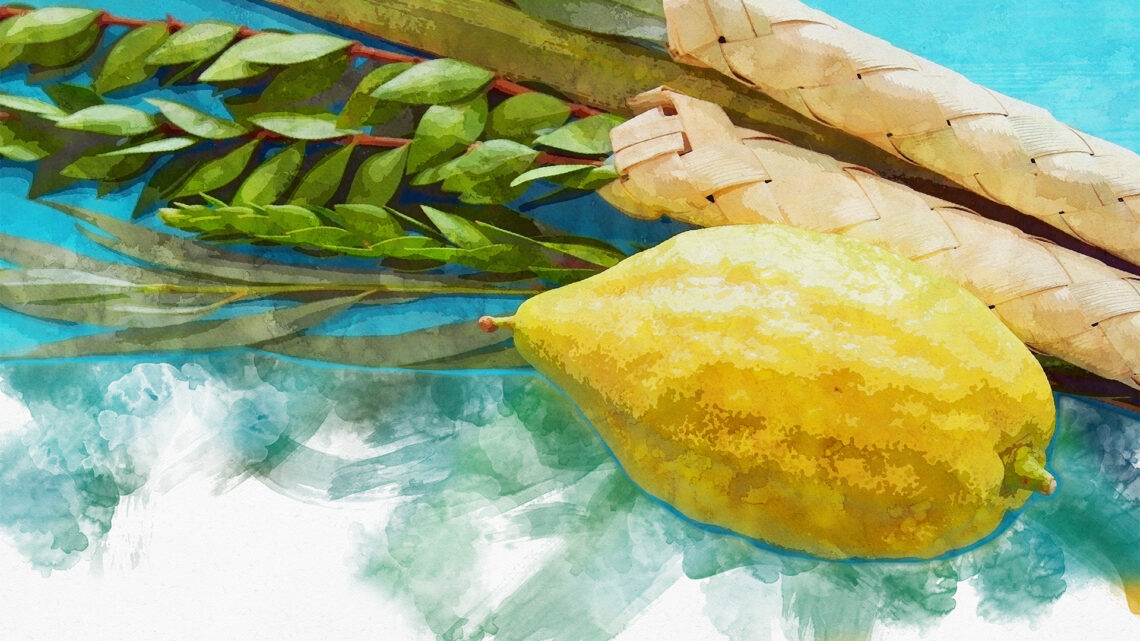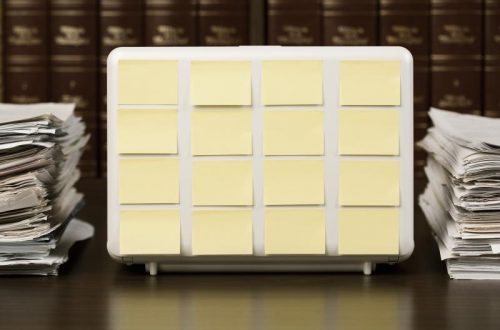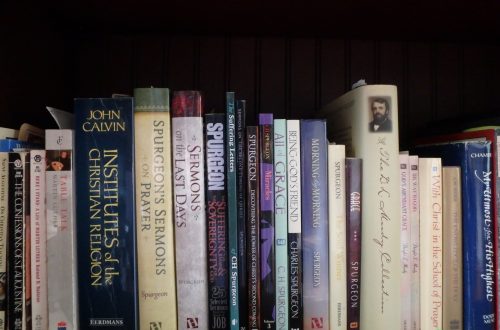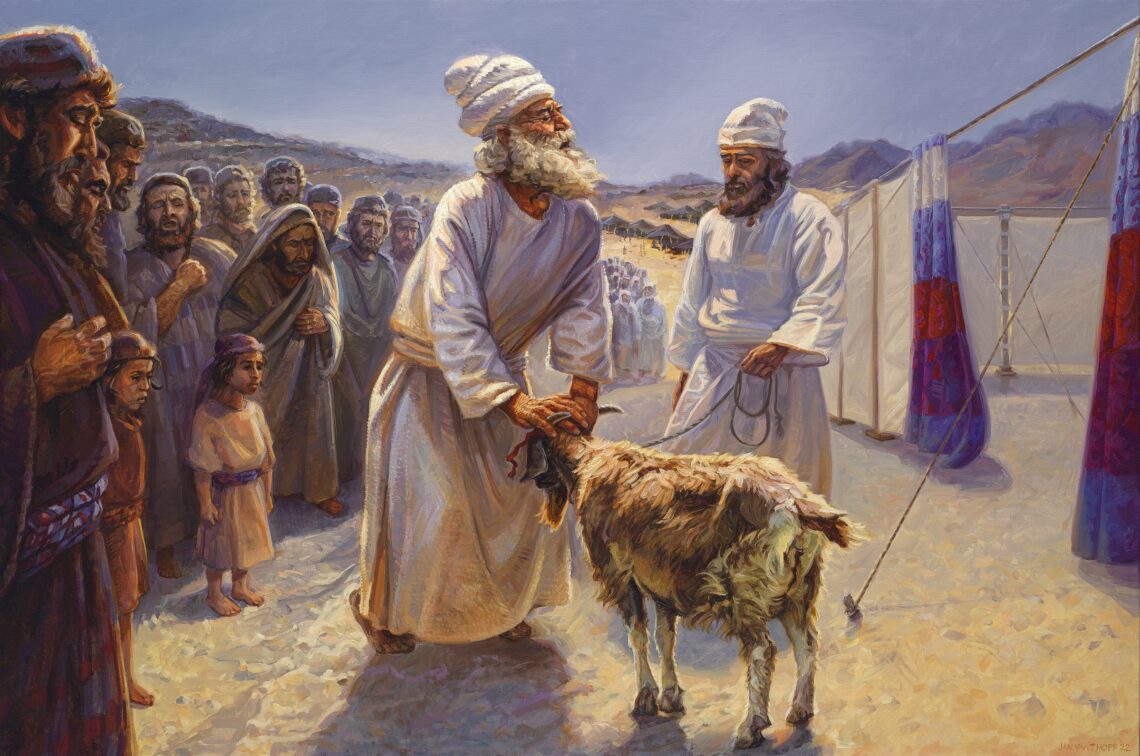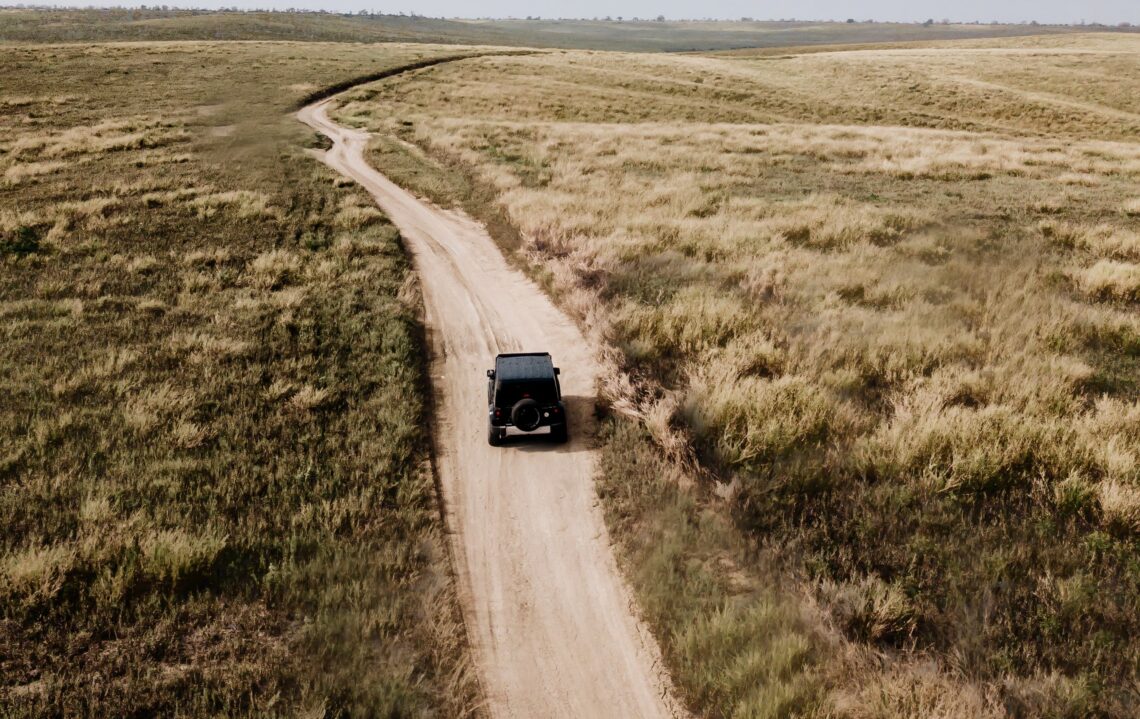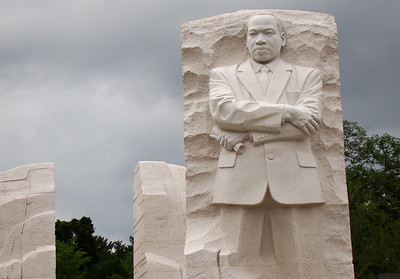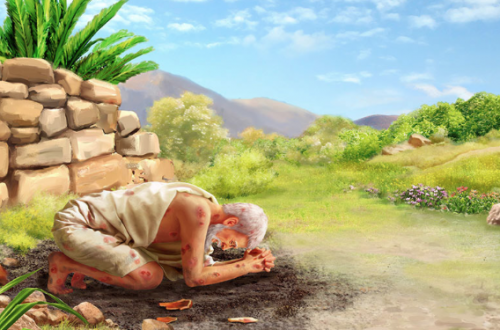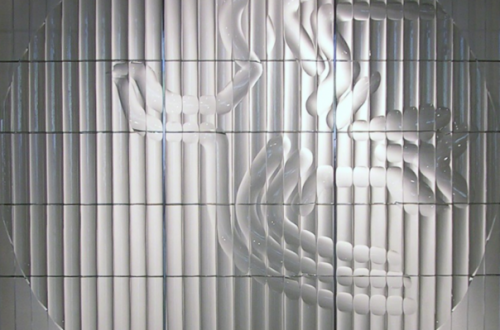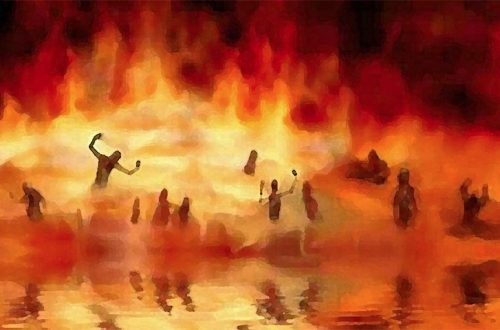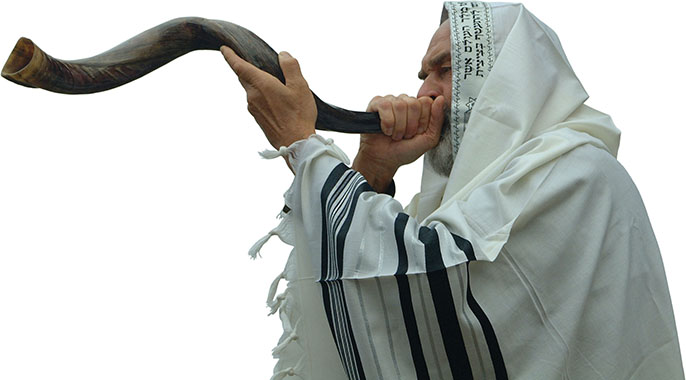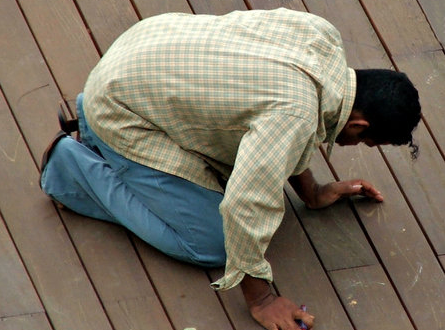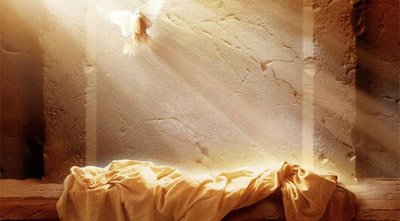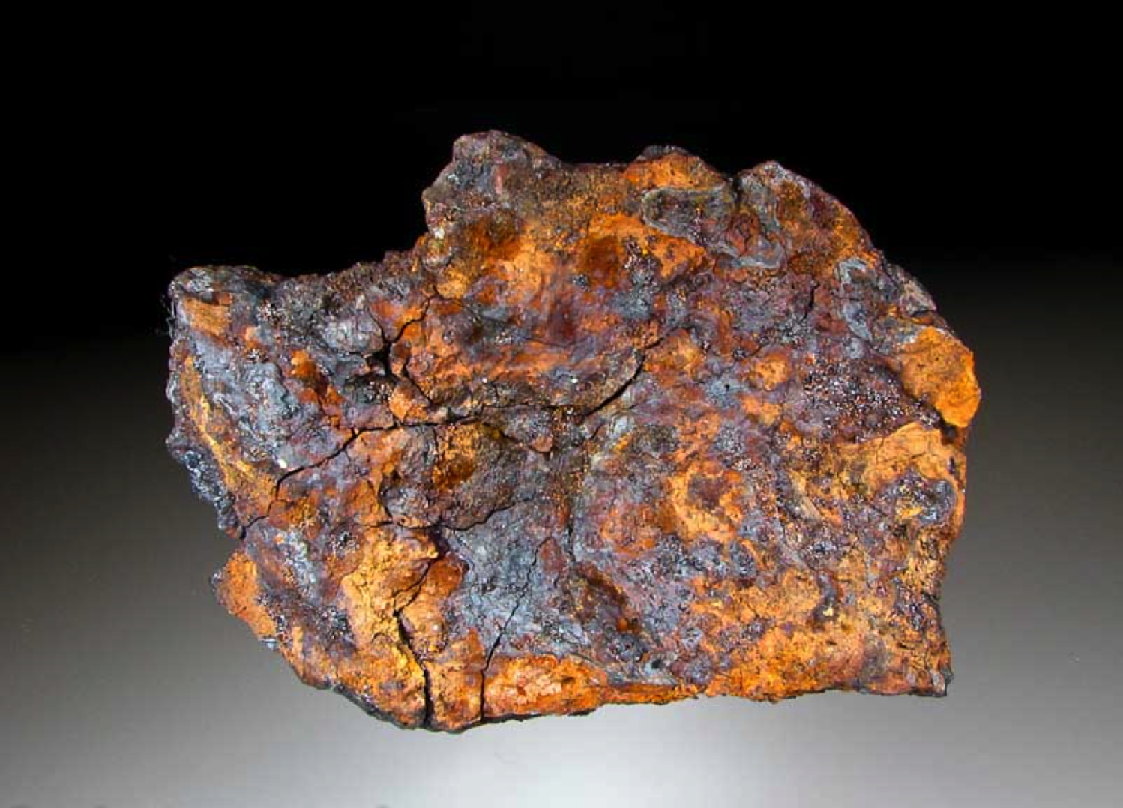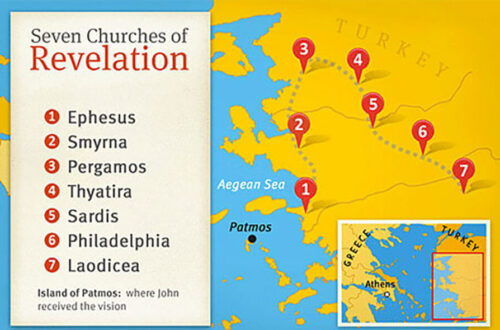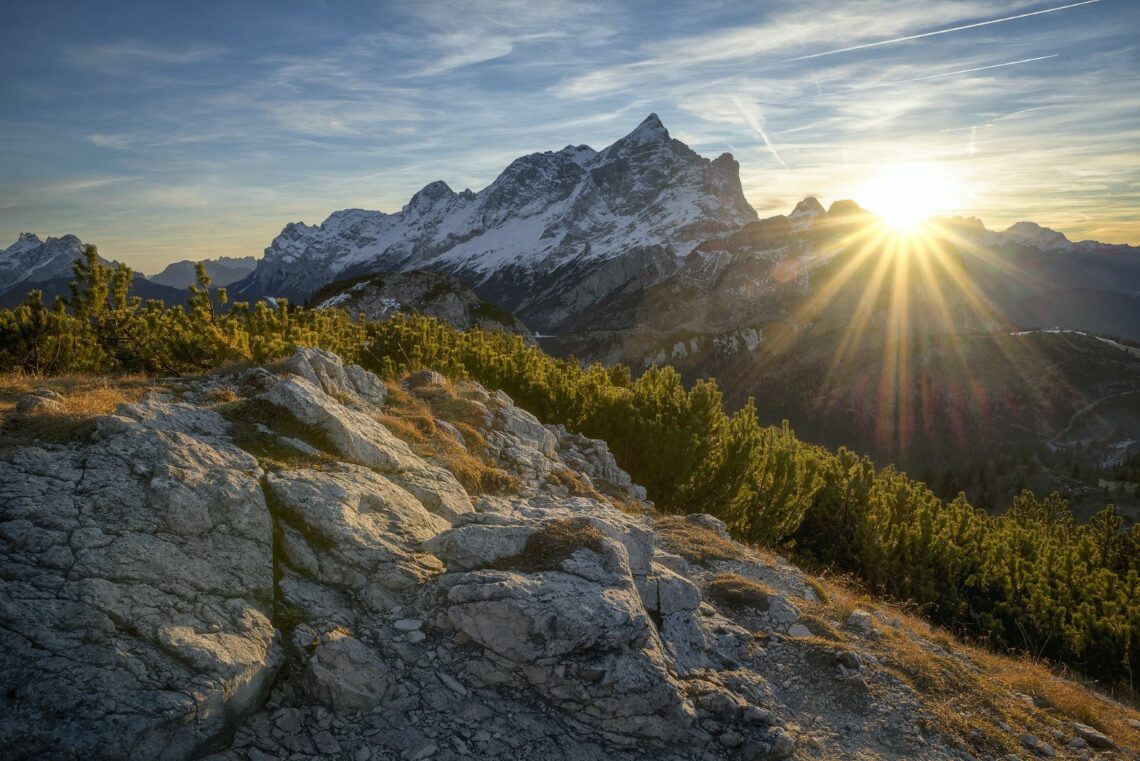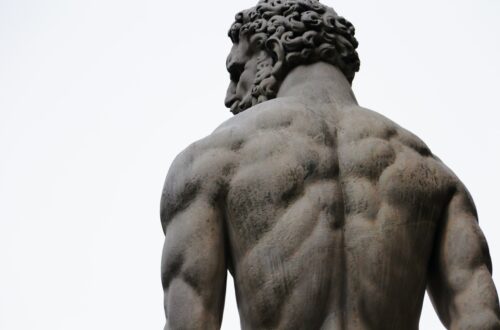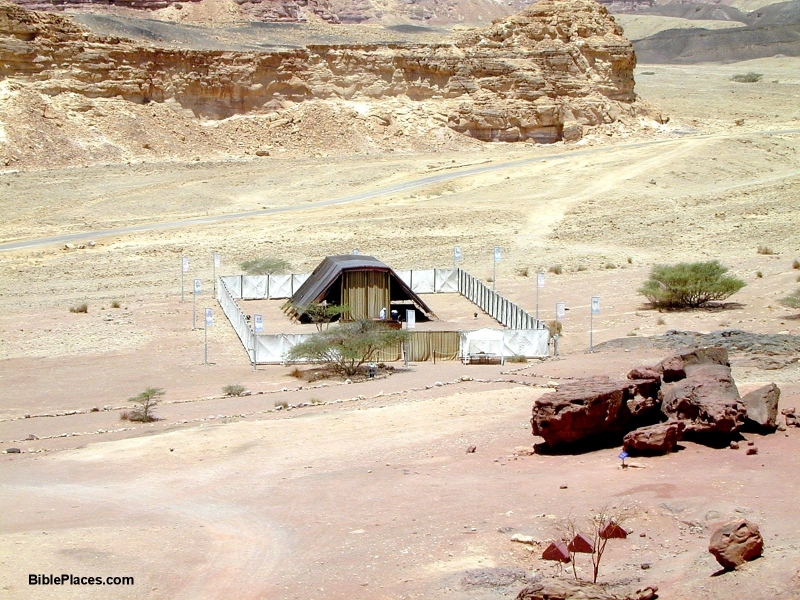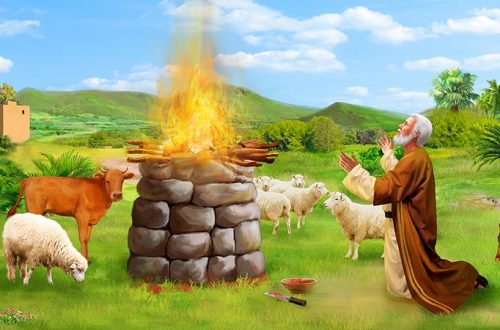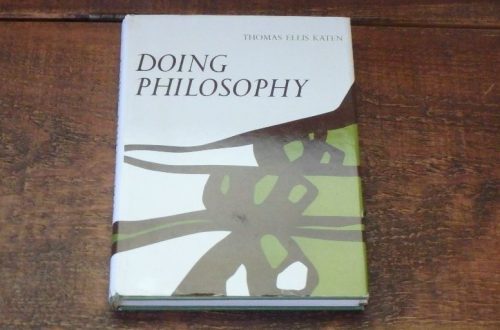-
The Feasts of Israel – Dedication (Hanukkah)
(18) These are the Lord’s appointed times, holy assemblies, which you must proclaim at their appointed time. (Leviticus 23:4 NET)
-
Experiencing Shabbat
One of the things my husband and I enjoy is occasionally traveling to Israel, as we both have a keen interest in biblical and church history. During these times we explore sites, museums and restaurants that one doesn’t ordinarily visit when with a tour group. These experiences have greatly enriched our appreciation for our Christian heritage and for the fascinating and complex world of the Middle East. During these trips we have become close friends with an Israeli Jewish family, Zalle and Tamar. They have a twenty-five year old son, Dan-El, who is currently serving in the Army (as all young adults do at that age). It is…
-
The Feasts of Israel – Booths (Tabernacles)
These are the Lord’s appointed times, holy assemblies, which you must proclaim at their appointed time. (Leviticus 23:4 NET)
-
The Feasts of Israel – The Day of Atonement(s)
These are the Lord’s appointed times, holy assemblies, which you must proclaim at their appointed time. (Leviticus 23:4 NET)
-
Taking the Long Way Home
Three weeks ago our family packed all of our belongings into the largest U-Haul we could rent and said goodbye to the only place we’d ever called home. We are certain God has called us to this new place, but driving away from all you’ve known is still hard. The last little league games, school days, and best friend goodbyes are bittersweet. Excitement mixes with sorrow as we embark on a new journey—a new way home. In the car driving away, minutes turn into hours. You remember all you’re leaving behind in the rearview mirror. You day dream about what lies ahead in a new place. You follow the twists…
-
The Feasts of Israel – Trumpets
These are the Lord’s appointed times, holy assemblies, which you must proclaim at their appointed time. (Leviticus 23:4 NET)
-
Shofar and Trumpet
Sacred musical instruments that are often used in military and ritual settings by the nation of Israel. (4)
-
Iron
The chemical element iron is the fourth most common element in the Earth’s crust and the second most abundant metal. (3) On the Earth iron occurs mainly in iron-oxide ores. One of these ores is lodestone, or magnetite, named for its property of magnetism. Hematite is the most plentiful ore, but it contains less iron than magnetite. Limonite and siderite are less abundant ores of iron. Iron, alloyed with nickel, is also found in meteorites. (11) Iron was used by early people. Its chemical symbol, Fe, is taken from the Latin ferrum. The name iron is from the Anglo-Saxon iren or isern. About 5 percent of the Earth’s crust is…
-
Walking in the Wilderness
This post was originally published in 2012. But it fits as much today as it did then. I once had a mentor tell me that the lessons of our lives often go in circles, just like Israel wandered a circular path in the wilderness. The older I grow, the more I see the cycles—the same lessons are learned more deeply as we step into new but different places. If you find yourself walking through a wilderness season, take heart. God is using the deeply worn pathways to teach you and take you somewhere good. Forty years—it sounds like an eternity. I’m sure it felt that way for the Israelites too.…
-
Linen
Linen (Linʹen) is a white textile material or cloth produced from yarn made from the fibers of the flax plant whose growth is described in the Old Covenant book of the Exodus.

